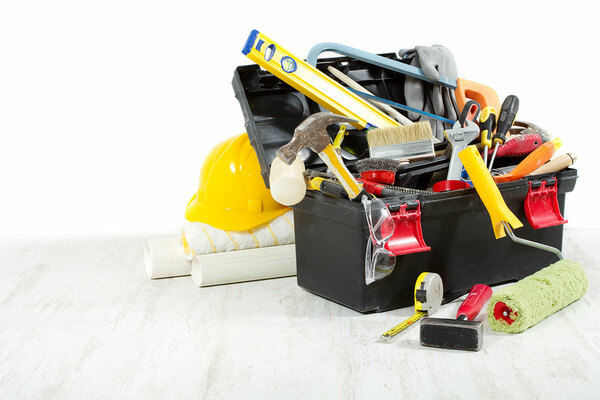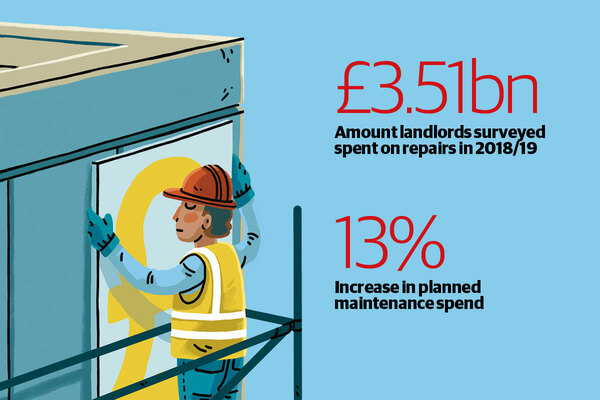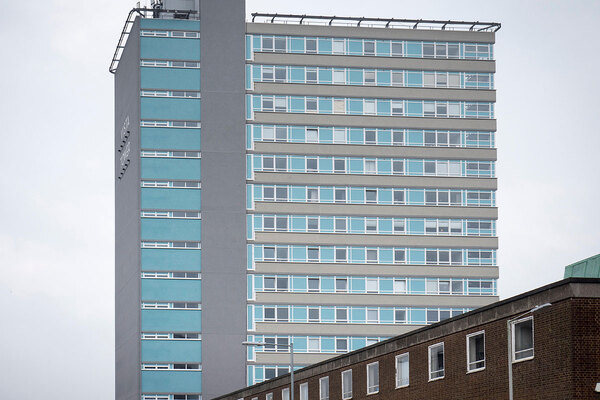You are viewing 1 of your 1 free articles
Rising repairs costs reflect the new reality. Policymakers should react wisely
The latest Inside Housing repairs tracker shows a rise in repairs spending, but this bill is the tab for long-term failures on fire safety and the early stages of making homes fit for the future. Policymakers must understand the need for investment, writes Pete Apps
This year, perhaps more than any other in recent times, the results of our repairs tracker tell a story about where the sector is and where it is going.
According to Inside Housing’s annual repairs and maintenance spend tracker, there has been a 7.7% jump in spending – equating to more than £250m across the sector. The biggest rises are in planned maintenance, and the costs are most intense among larger landlords with a large portfolio of high-rise stock.
The big reason for this is obvious. The country remains in the midst of the post-Grenfell recovery. Cladding is being removed, fire doors replaced and compartmentation fixed.
This work is the cost of 30 years of neglect of fire safety which spans far beyond the social housing sector: slipping standards in the construction sector, defective products, and policymakers who took their eyes off the ball.
As it stands, social landlords are picking up the tab for these systemic failures in social housing. Ministers must realise this means fewer social homes being built. The sector does not have limitless capacity.
The trend of increased spending is also not going anywhere. We are some years away from even understanding the full cost of fire safety compliance, let alone meeting it. Other safety issues are also emerging.
The spending also marks the early stages of the urgent task of making our ageing stock more carbon neutral. This work can no longer be delayed if the country has any serious intention to turn the dial on the climate emergency.
It also reflects the reckoning of the decision to cut social rents in 2015. Like many acts of austerity, this had the impact of delaying spending, not taking it away. The sector reacted by delaying planned work. It must now be done.
Policymakers must look at this picture with a clear head. Costs are rising, but the reasons for the costs are not going anywhere and cannot be ignored. The only choices are to accept that the sector will spend less on something else or to invest more in it.
When making this decision, the government should heed the lesson of this year’s increased spending: avoiding the bill today usually means paying a bigger one tomorrow.
Pete Apps, deputy editor, Inside Housing











